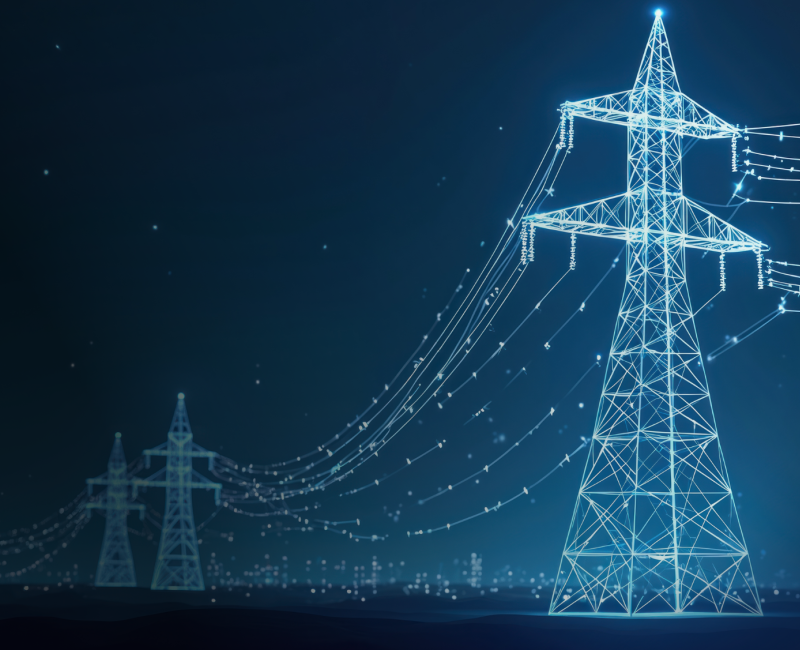ACER consultancy study recommends improvements for EU scenario development
Why a consultancy study?
Achieving the EU’s decarbonisation targets will require better use of existing energy grids as well as new investments. Identifying infrastructure needs and assessing system adequacy must be based on robust and consistent scenarios that reflect both national and EU objectives.
To support this effort, ACER publishes a consultancy study aimed at identifying current challenges and areas for improvement in the development of energy scenarios used for long-term infrastructure planning and system adequacy assessments at EU level. This work also supports the broader objectives of the EU’s Action Plan for Affordable Energy, which emphasises the importance of resilient infrastructure and forward-looking investments in strengthening Europe’s economic and energy future.
The study focuses on two key planning processes:
the Ten-Year Network Development Plans (TYNDPs) by ENTSO-E and ENTSOG; and
the European Resource Adequacy Assessment (ERAA) by ENTSO-E.
The study’s findings underline the need for better coordination and transparency in the scenario development process, which are key to enabling timely investments that help drive Europe’s energy transition. The study also aims to assist stakeholders, policymakers and decision-makers who use or contribute to these scenarios.
What are the key findings?
The study finds that:
National energy and climate plans (NECPs), which underpin the TYNDPs and ERAA scenarios, often lack sufficient information and clarity. More detailed and easily accessible data would allow for more accurate and consistent scenarios development.
The timing of the ERAA, TYNDPs and national energy and climate plans is not aligned, raising concerns about the reliability and consistency of the input data, particularly when updated national energy and climate plans are not yet available.
National energy and climate plans integration into EU-wide scenarios remains partial. Despite recent improvements, there is still no formal validation process to ensure TYNDP and ERAA scenarios accurately reflect NECPs.
Harmonisation across scenarios used in TYNDPs and ERAA is still limited. Better alignment is needed to ensure consistency across the two exercises.
Transparency and stakeholder engagement, particularly in the ERAA process, should be further enhanced. This includes consultations on key input, parameters and assumptions used, clear documentation and publishing of any deviations from national energy and climate plans data.
Interested in the study?
Register for ACER’s webinar on 11 September 2025 to learn about its main findings and engage with experts.

